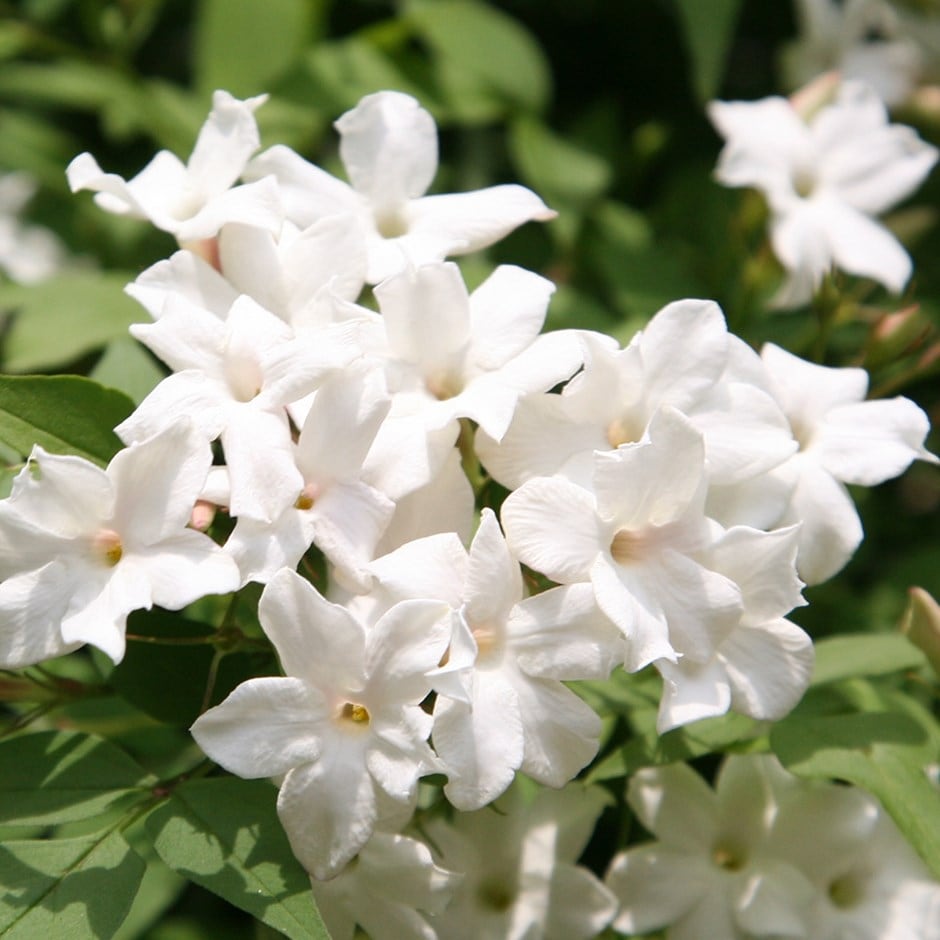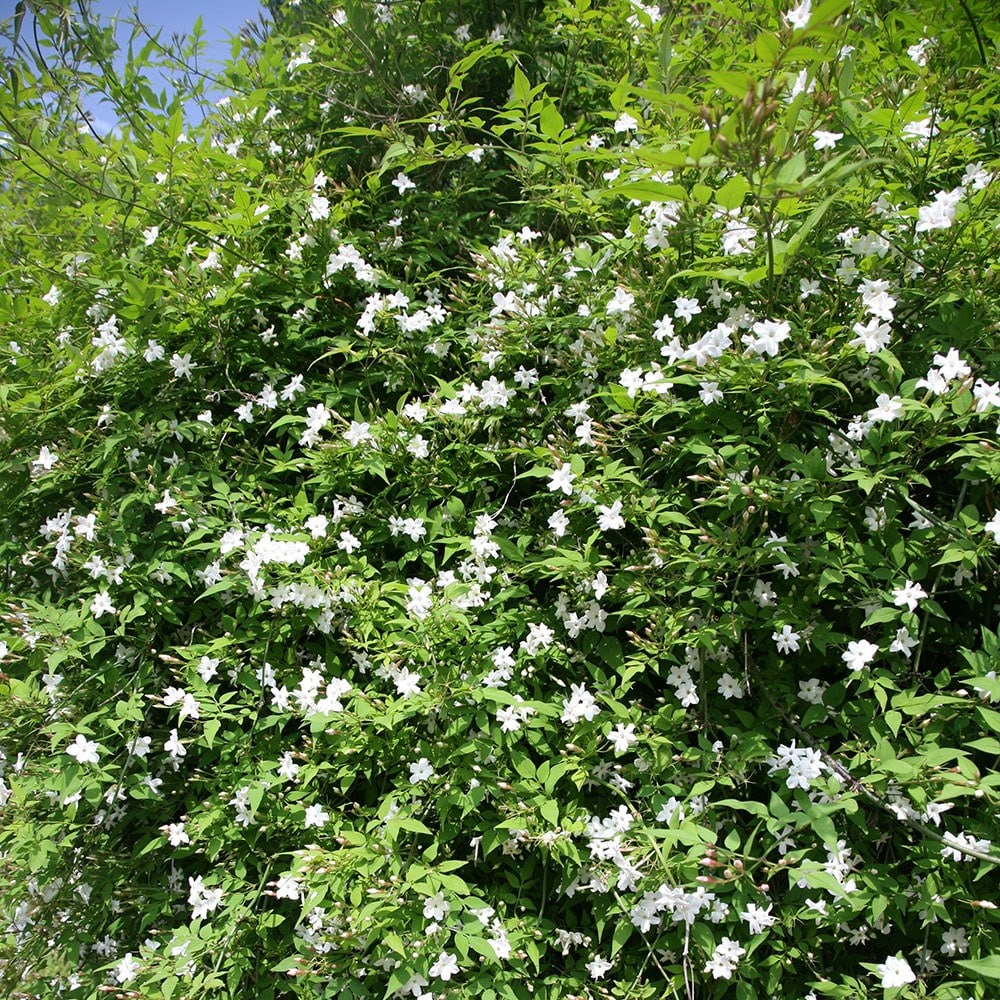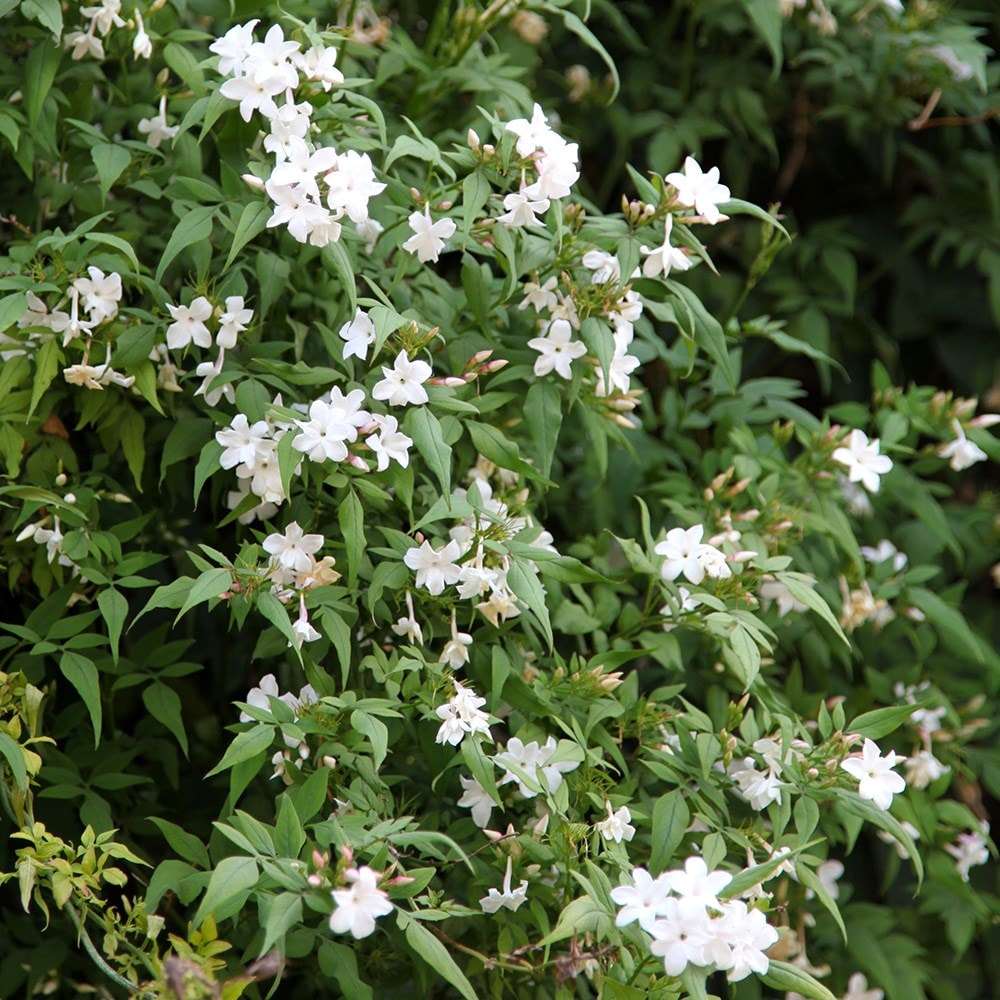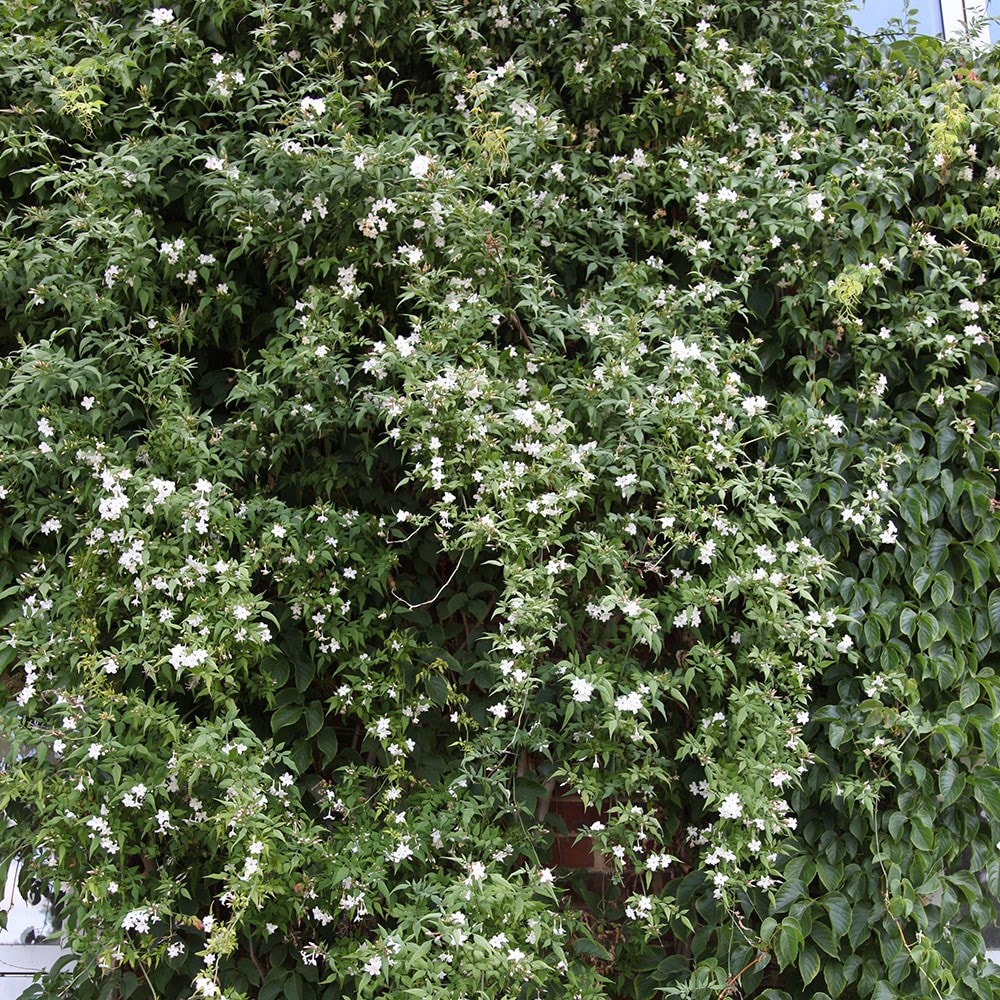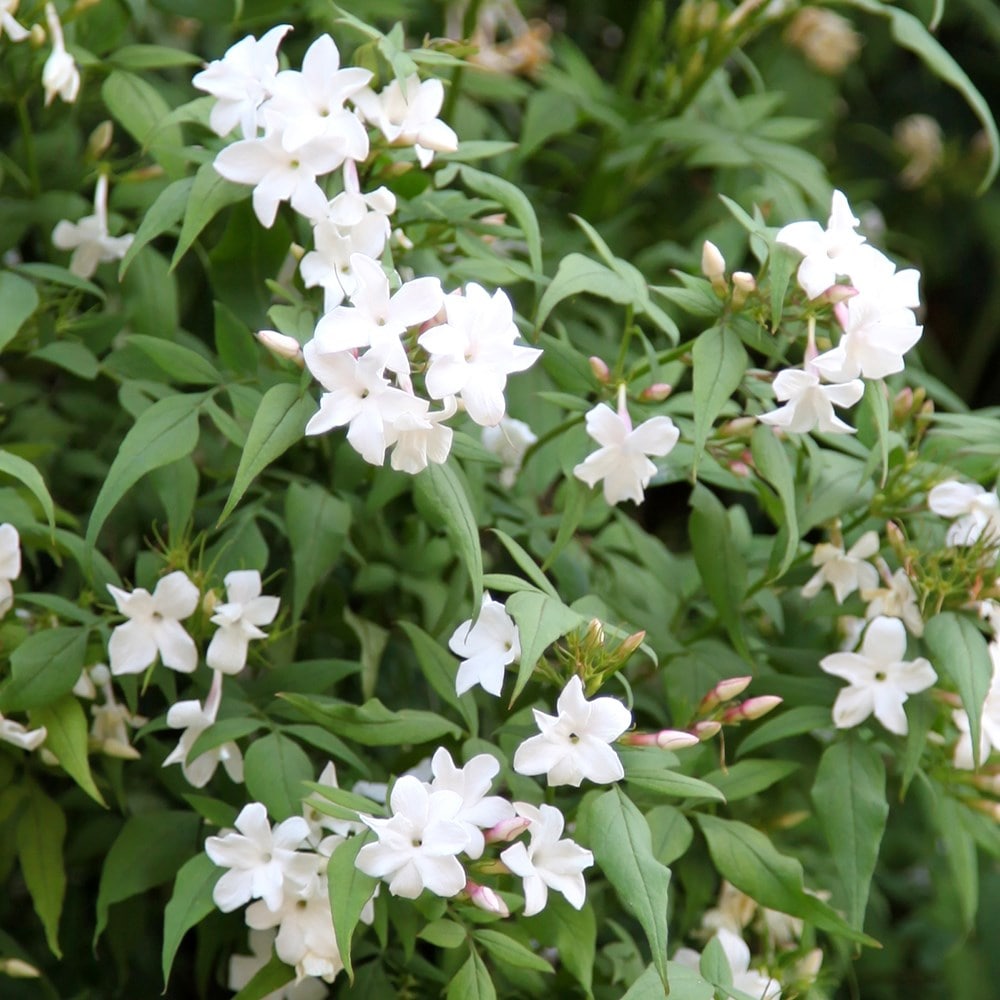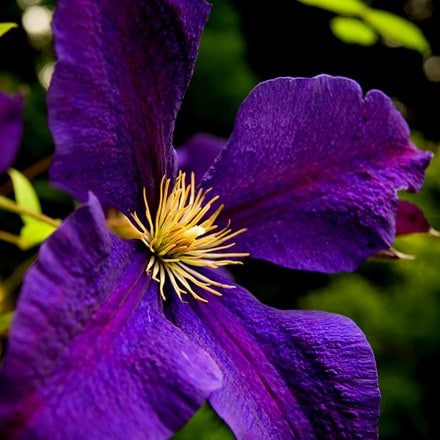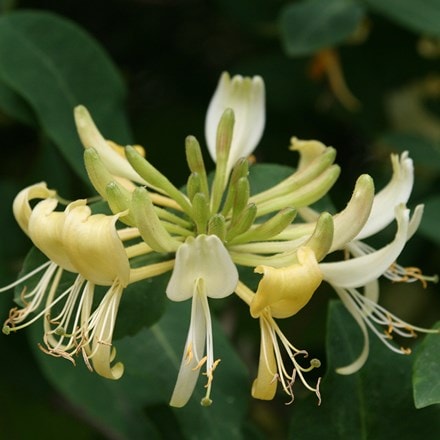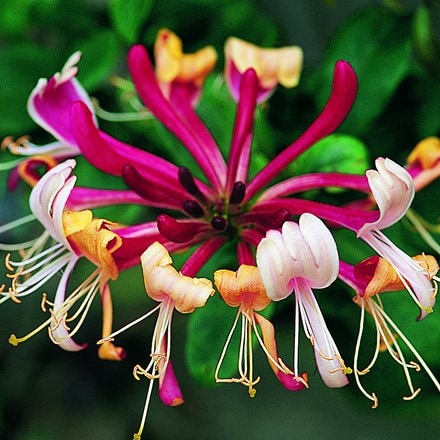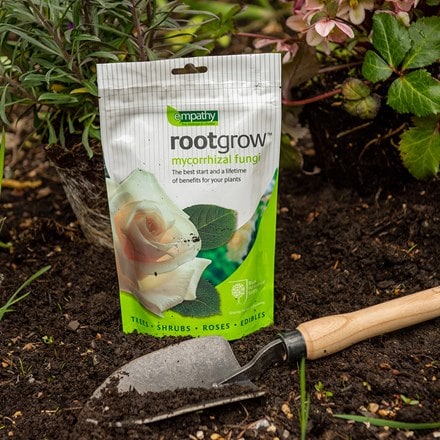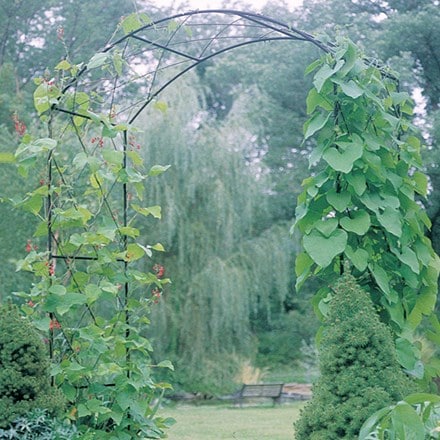Jasminum officinale
common white jasmine
A popular, sweetly scented climber smothered in clusters of highly fragrant white flowers from June to August and pretty, fine...
Particularly good for sheltered sunny gardens and patios, scrambling through trees or on sheltered roof terraces (with shelter from winds)
GOES WELL WITH
September pruning of trees, shrubs and climbers
As summer turns to autumn, thoughts turn to tidying the garden after the exuberance of summer and it is now an ideal time to prune many late-summer-flowering shrubs to keep them vigorous and flowering well. It’s also not too late to complete the pruning j
Read full articleCottage garden
The traditional cottage garden was an intensive, yet carefree mixture of fruit, vegetables, herbs and flowers all crowded into a tiny space. Today, this informal charm can be recreated using modern varieties that largely take care of themselves around an
Read full articleTown
Create an ‘outside room’ that overcomes the three challenges of shade, exposure and lack of space using uplifting, shade-tolerant shrubs, perennials and bulbs. A sense of seclusion can be achieved with decorative screens and trellis covered in deciduous,
Read full article


